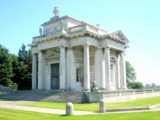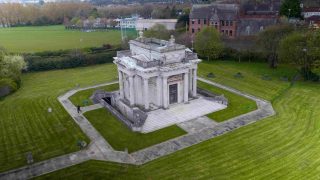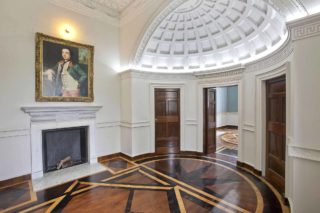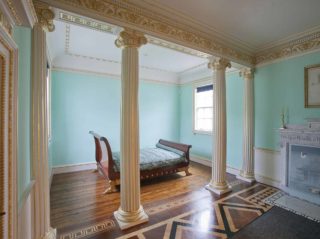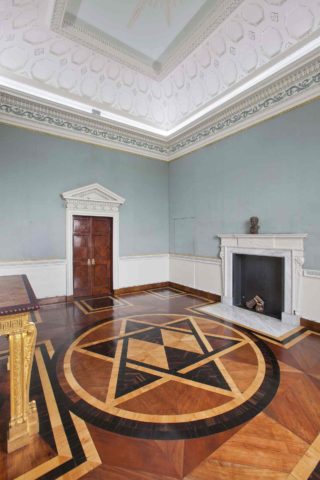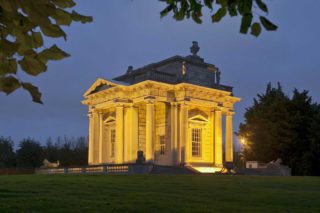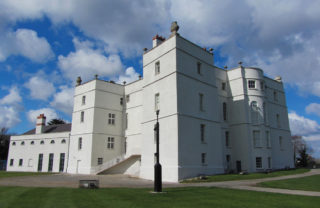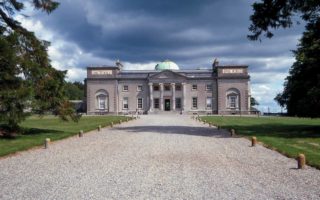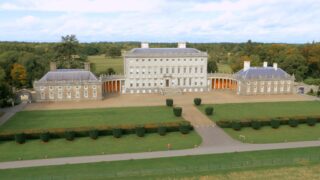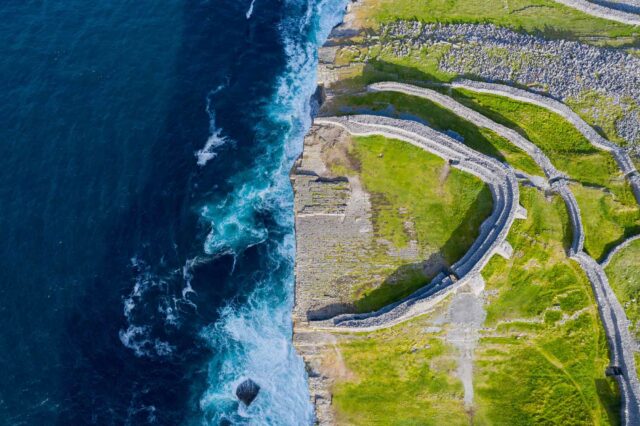Casino Marino
Ireland’s miniature architectural masterpiece - a unique and intriguing garden temple.
Access by guided tour only. As part of the tour is outdoors.
Visitors should dress appropriately for the weather.
Visitors are requested to adhere to the instructions of OPW Guide Staff at all times.
There are sheer drops of 4 metres around the building at the lions and parapet. Visitors are asked to refrain from approaching these areas.
Children must be strictly supervised at all times.
Access to the building and its interior is via stairs which may cause problems for those with mobility issues
The daily tour times are : 10:00 , 12:00, 14:00 and 16:00.
School and group tours are available at 11:00, 13:00 and 15:00.
Admission
Adult: €5.00
Group/Senior: €4.00
Child/Student: €3.00
Family: €13.00
Follow us
Casino Marino
The Casino is a remarkable building, both in terms of structure and history. Sir William Chambers designed it as a pleasure-house for James Caulfeild, first earl of Charlemont, beside his residence in what was then the countryside. It is a gem of eighteenth-century neo-classical architecture. In fact, it is one of the finest buildings of that style in Europe.
The term ‘casino’ in this case means ‘little house’, and from the outside it gives an impression of compactness. However, it contains 16 rooms, each of which is finely decorated and endlessly rich in subtle and rare design. The Zodiac Room, for example, has a domed ceiling which represents the sky with astrological symbols modelled around its base
The Casino is located at Marino, only three miles north of the centre of Dublin.
Highlights
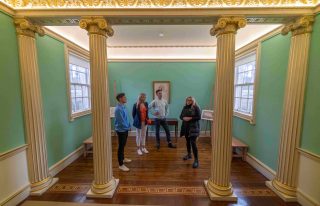
Gallery
Opening Times
13 March- 05 November 2025
Access is by guided tour only
The daily tour times are : 10:00, 12:00, 14:00 and 16:00.
School and group tours are available at 11:00, 13:00 and 15:00.
Notice
Access is by guided tour only
The daily tour times are : 10:00, 12:00, 14:00 and 16:00.
School and group tours are available at 11:00, 13:00 and 15:00.
Contact
Cherrymount Crescent
off the Malahide Road
Marino
Dublin 3
D03 HH70
01 833 1618
Getting Here
The Casino is located at Marino, just off the Malahide Road and only three miles north of the centre of Dublin.
Click the relevant icon below to open Maps directions
Facilities
- Car park
- Card Accepted
- Exhibition
- Guided tours
- Toilets
Restrictions
- Access by Guided Tour Only
- Assistance dogs only
- Challenging Access
- Hold hand rail
- Stay back from edge
- Uneven walkways
Nearby sites to visit
Casino Marino
National Botanic Garden of Ireland – Glasnevin
An oasis of green in the metropolis
Approx. 3.0 km from Casino Marino
Custom House Visitor Centre
Ireland’s best-known architectural marvel
Approx. 3.1 km from Casino Marino
Garden of Remembrance
A tranquil memorial in the heart of Dublin city
Approx. 3.1 km from Casino Marino
